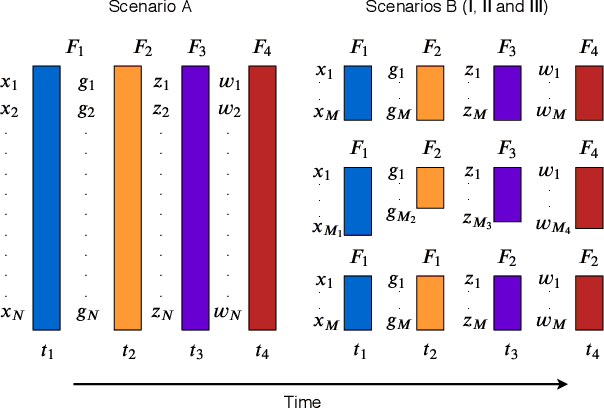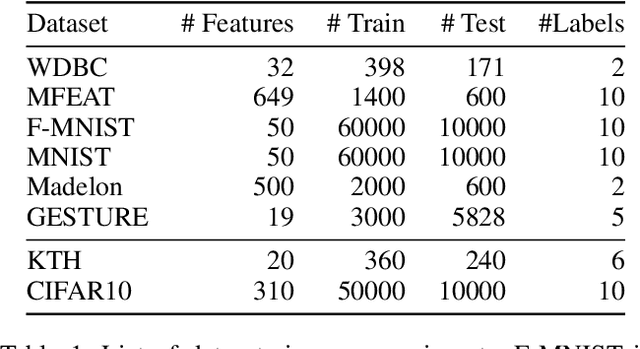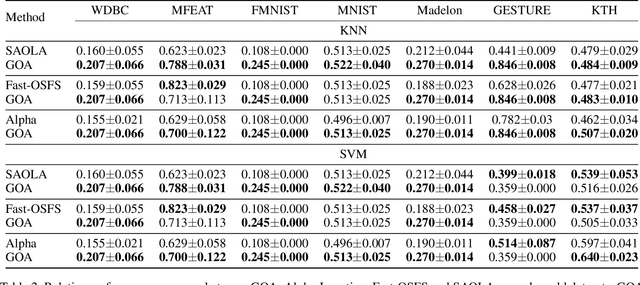Geometric Online Adaptation: Graph-Based OSFS for Streaming Samples
Paper and Code
Oct 02, 2019



Feature selection seeks a curated subset of available features such that they contain sufficient discriminative information for a given learning task. Online streaming feature selection (OSFS) further extends this to the streaming scenario where the model gets only a single pass at features, one at a time. While this problem setting allows for training high performance models with low computational and storage requirements, this setting also makes the assumption that there is a fixed number of samples, which is often invalidated in many real-world problems. In this paper, we consider a new setting called Online Streaming Feature Selection with Streaming Samples (OSFS-SS) with a fixed class label space, where both the features and the samples are simultaneously streamed. We extend the state-of-the-art OSFS method to work in this setting. Furthermore, we introduce a novel algorithm, that has applications in both the OSFS and OSFS-SS settings, called Geometric Online Adaptation (GOA) which uses a graph-based class conditional geometric dependency (CGD) criterion to measure feature relevance and maintain a minimal feature subset with relatively high classification performance. We evaluate the proposed GOA algorithm on both simulation and real world datasets highlighting how in both the OSFS and OSFS-SS settings it achieves higher performance while maintaining smaller feature subsets than relevant baselines.
 Add to Chrome
Add to Chrome Add to Firefox
Add to Firefox Add to Edge
Add to Edge